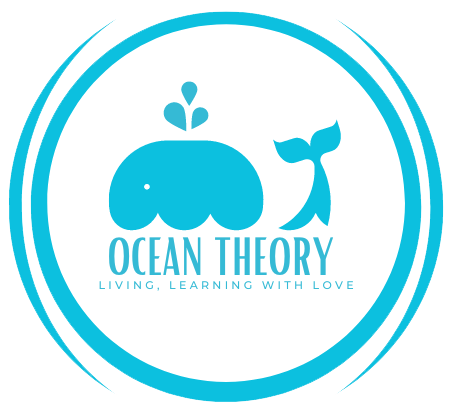As parents, we all dream of our children leading fulfilling lives, equipped with the skills to navigate a constantly changing world. The future, however, seems more uncertain than ever. The rapid development of Artificial Intelligence (AI) has many experts predicting a significant shift in the job market, with automation potentially replacing many currently existing positions. This raises a crucial question: what will equip our children to thrive in a world where AI plays a dominant role?
The answer lies in a powerful human resource, one which AI currently struggles to replicate: creativity.

The Rise of AI and the Need for Creativity
A 2017 study by the McKinsey Global Institute [1] estimated that by 2030, automation could displace up to 800 million jobs globally. Occupations involving routine tasks and data analysis are particularly susceptible to automation, while jobs requiring creativity, critical thinking, and social intelligence are expected to remain in high demand.
“The principal challenge for education in the face of automation is to equip individuals with the skills to work alongside intelligent machines, not to compete against them,” argues Michael Osborne, co-author of the book “The Future of Employment” [2].
This shift necessitates a significant change in our approach to education, focusing on nurturing the very skills that AI lacks – creativity, critical thinking, and problem-solving.
The Science Behind Creativity: Why It Matters
Studies have shown a multitude of benefits associated with fostering creativity in children. A 2010 research paper published in the journal “Thinking Skills and Creativity” [3] found a positive correlation between creativity and academic achievement, problem-solving skills, and even social and emotional well-being.
Furthermore, a 2018 study published in the “Journal of Educational Psychology” [4] demonstrated that fostering creative thinking in young children can lead to increased cognitive flexibility and adaptability, crucial skills for navigating the ever-evolving world of the future. As Albert Einstein aptly stated, “The important thing is not to stop questioning. Curiosity has its own reason for existing.”
Creativity: Beyond Just Arts and Crafts
It’s important to understand that fostering creativity is not limited to traditional artistic pursuits like painting or music. Creativity can manifest in various forms, including:
- Problem-solving: Encouraging children to approach challenges in unconventional ways and develop innovative solutions.
- Critical thinking: Helping children analyse information, question assumptions, and form their own well-reasoned opinions.
- Curiosity and exploration: Fostering a love for learning and the desire to explore new ideas and concepts.
- Collaboration: Teaching children to work effectively with others, share ideas, and build upon each other’s strengths.
Nurturing the Creative Spark: What You Can Do
Here are some practical ways you can help your child develop their creativity:
- Provide opportunities for open-ended play: Allow your child to explore, experiment, and create without imposing strict rules or expectations.
- Encourage curiosity: Ask open-ended questions, support their interests, and engage in discussions about their ideas.
- Expose them to diverse experiences: Introduce them to different cultures, art forms, and ways of thinking.
- Model creativity yourself: Demonstrate your own curiosity, willingness to try new things, and openness to new ideas.
- Create a safe space for expression: Ensure your child feels comfortable taking risks, experimenting, and making mistakes without fear of judgment.
As Maya Angelou famously said, “You can’t use up creativity. The more you use it, the more you have.” By fostering creativity in our children, we are equipping them with the most potent weapon they can wield to navigate the uncertainties of the future and thrive in a world shaped by technology.
Remember, the future belongs to the creative. Let’s empower our children to embrace it.

